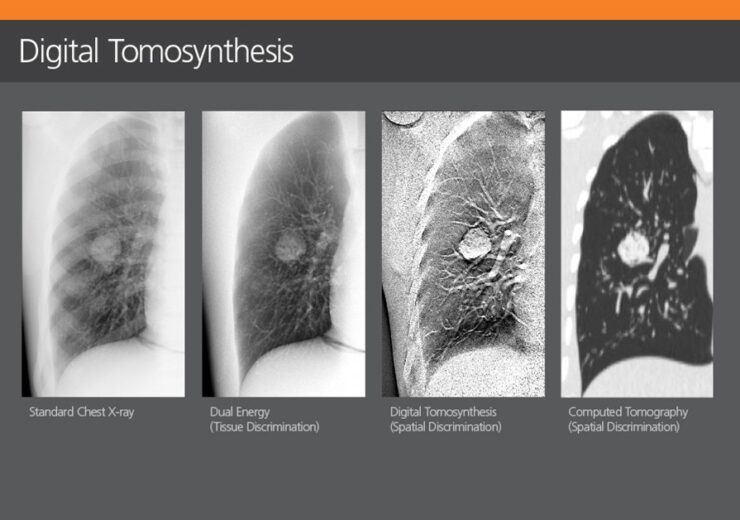Under the partnership, Carestream is providing an imaging system and software to Robarts to advance the latter’s multidisciplinary translational research

Carestream will provide its DRX-Evolution-Plus digital radiography system to Robarts. (Credit: Business Wire)
Carestream Health has announced a partnership with Robarts Research Institute to study the clinical value of digital X-ray, digital tomosynthesis, and dual energy technologies to improve the outcomes of patients with cardiothoracic and pulmonary diseases.
Established in 1986, Robarts is a research institute of the Schulich School of Medicine & Dentistry at Western University in Ontario, Canada.
Under the partnership, Carestream is providing an imaging system and software to the Canadian institute for advancing the latter’s multidisciplinary translational research.
The US-based medical imaging systems firm will install its DRX-Evolution-Plus digital radiography system with Dual Energy (DE) acquisition and Digital Tomosynthesis (DT) image acquisition software at Robarts.
According to Carestream, DT offers a more precise depth localisation than traditional radiography while enhancing the contrast visualisation of local structures. DE enables higher detection sensitivity for lung abnormalities and improved assessment at the entrance exposure of a routine chest X-ray, said the company.
Carestream advanced research and innovation head Luca Bogoni said: “Collaborations such as this offer Carestream the opportunity to assess the value of our technologies that, as in the case of tomosynthesis, afford physicians the ability to gain better clinical insight and translate this understanding into impactful patient management decisions.”
Carestream said that the collaboration with the Canadian institute represents one of many partnerships it has with research and healthcare facilities around the world. The aim of the partnerships is to develop and evaluate new solutions that can help enhance patient care, management, and results while streamlining workflows and maximising clinical utility, said the US-based firm.
Schulich Medicine & Dentistry medical imaging department chair/chief Narinder Paul said: “What we’re doing here is fairly unique in Canada.
“The projects we will undertake here are multidisciplinary. Imaging scientists can bring their ideas to a project, physicians can address their clinical needs and bring their experience of the current gaps in healthcare provision and industry partners can collaborate to move their technologies forward.”
